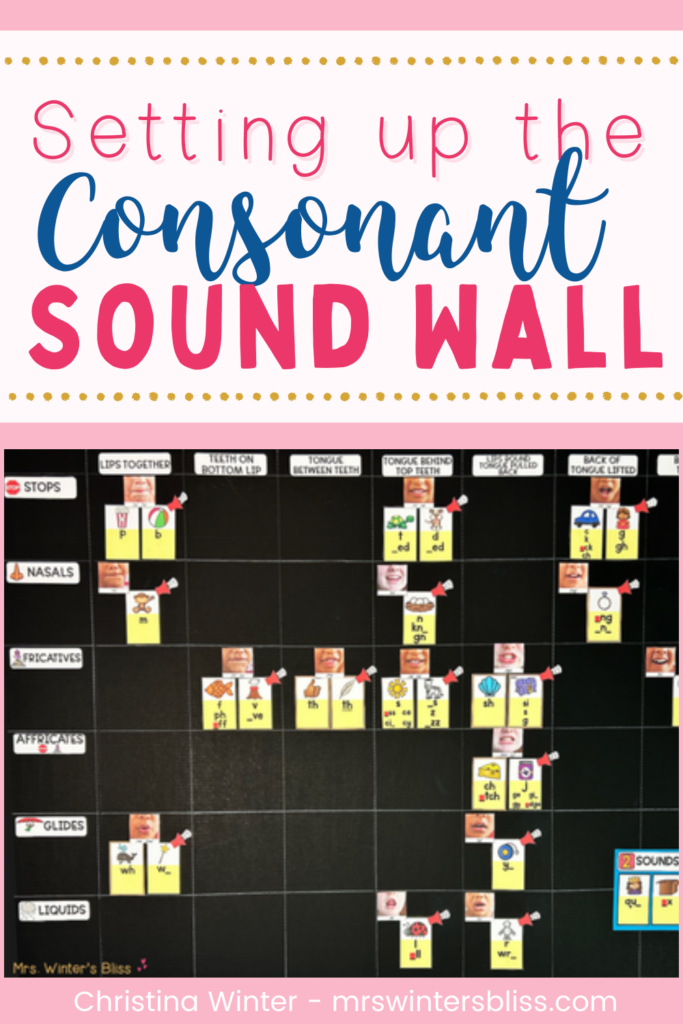
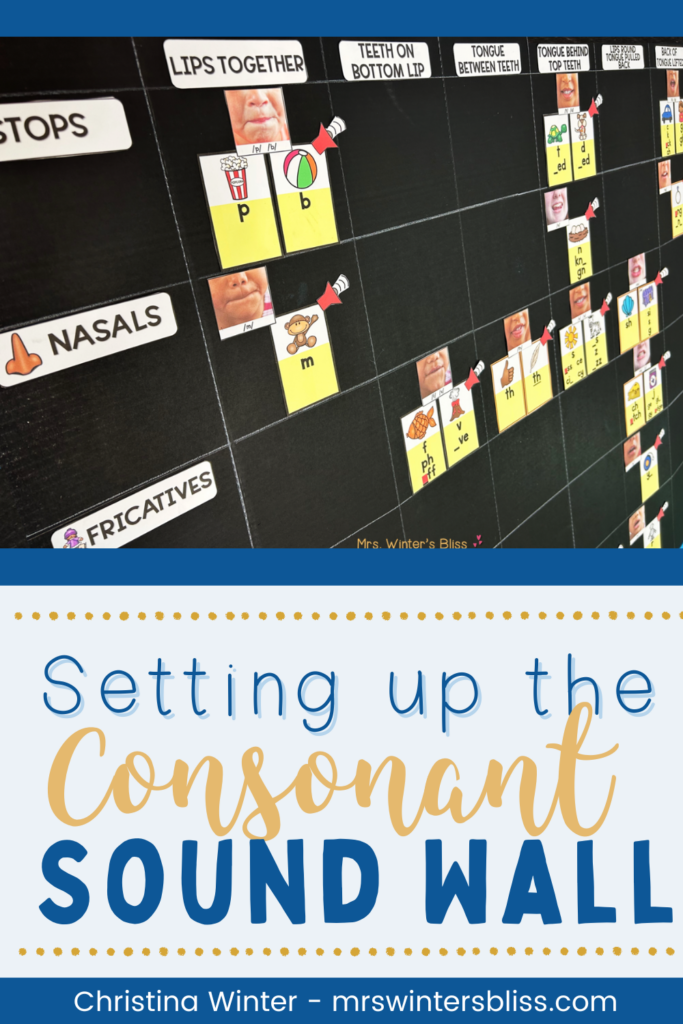
This is the second post in a series that explains how to set up a sound wall. This post focuses on the Consonant Sound Wall. I provide information about consonants, explain how to set up the consonant sound wall, and teach you why it is arranged in that way. Finally, I leave you with information and details about my new Sound Wall Course which teaches you how and why to use a sound wall in your classroom.
Sound Walls are one of the most effective tools you can have in your classroom. They are aligned with the science of reading and provide students with the explicit instruction they need to become effective readers and spellers. Many teachers understand these benefits but still have a lot of smart questions. This makes total sense! Sound walls are new and different from what they are used to using in their classrooms and change isn’t easy!
Many of these questions have to do with how to set up and arrange a sound wall. To help answer those questions, I’ve created a short blog series about the best way to set up your sound wall.
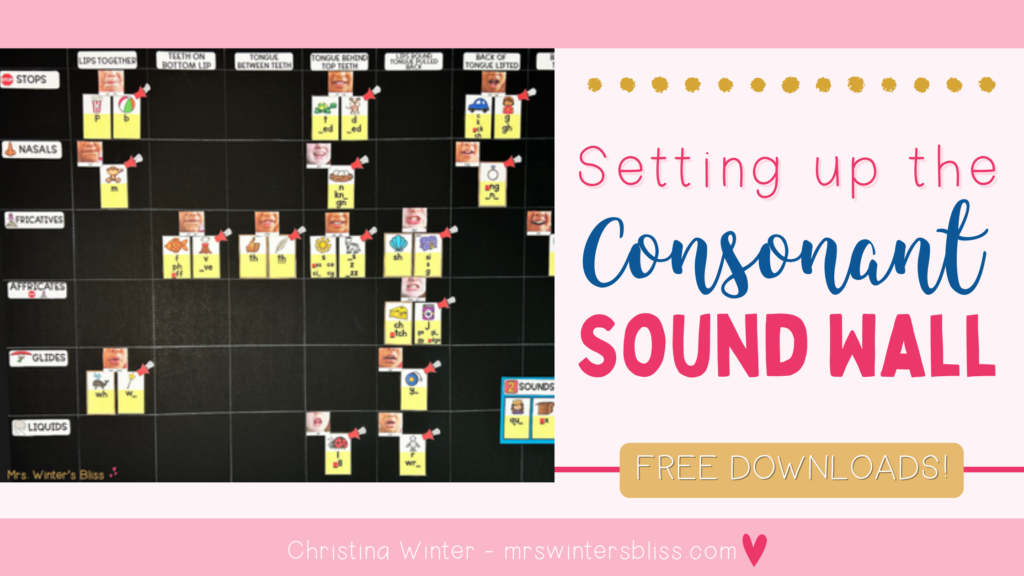
In the first post What is a Vowel Valley, I provided information about vowels, explained how to set up your vowel valley, and taught you why it is set up that way. Today, I want to continue the conversation about sound walls, focusing on the consonant sound wall.
I will provide you with information about consonants and explain how science tells us the consonant sound wall should be arranged. Finally, I’ll leave you with details about my Sound Wall Mini Course. This online course will equip and empower you to use a Sound Wall in your classroom without stress or confusion. It will teach you exactly how to make your sound wall an effective learning and teaching tool for you and the students in your classroom!
What is a Sound Wall?
Before we dive into how to arrange a sound wall, let’s review what a sound wall is….
A sound wall is a way to organize and display the different sounds (or phonemes) we hear in speech. Similar to a word wall, a sound wall is a place for students to reference when they are spelling and reading words. But UNLIKE a traditional A-Z word wall, words on a sound wall are grouped by their sounds, not their beginning letter.
Because sounds cannot be written, we use letters to represent the sounds. A grapheme is the written representation of one phoneme or sound. A sound wall matches our speech sounds (phonemes) to the letters (graphemes) that represent those sounds.

There are two parts of a sound wall – a consonant sound wall and a vowel sound wall, or a vowel valley. They’re organized separately and in different ways. In my last post, I explained how to set up your vowel valley. Today we’ll focus on the consonant sound wall.
What are Consonants?
Of the 44 phonemes in English, 25 of them are generally considered consonants.
Consonants are categorized by:
- How they are produced, the manner of articulation
- Where they are produced in the mouth, or the place of articulation
Consonants can also be grouped into 5 different categories based on their manner of articulation.
The 5 categories of consonants include:
- Stops: sounds formed by blocking or closing off the airflow and then exploding a puff of air. Ex: /p/ /b/ /t/ /g/ /d/ /k/
- Nasals: sounds produced with the mouth closed and air flowing through the nose. Ex: /m/ /n/ /ng/
- Fricatives: hissy sounds that are formed by narrowing the air channel and then forcing air through it. Ex: /f/ /v/ /th/ /s/ /z/ /sh/ /zh/ /h/
- Affricatives: a subgroup of fricatives, a sound that is produced by a combination of a stop and a fricative. Ex: /ch/ /j/
- Glides: are sounds where the airstream is frictionless and is modified by the position of the tongue and the lips. They formed in a similar way as vowels. Ex: /hw/ /w/ /y/
- Liquids: a sound that is formed when the airflow is slightly interrupted but there is no friction. Ex: /l/ /r/
How to Arrange the Consonant Sound Wall
It is recommended that you arrange the consonant sound wall by the place and manner of articulation.
- Place of articulation refers to where in the mouth a sound is occurring.
- Manner of articulation refers to what the lips, teeth, tongue, vocal cords, and air stream are doing to produce the sound
Post the headings along the top of the grid to describe the place of articulation or where in the mouth the sound is being produced. Vertically, post the manner of articulation, including what happens with airflow and vocal cords.
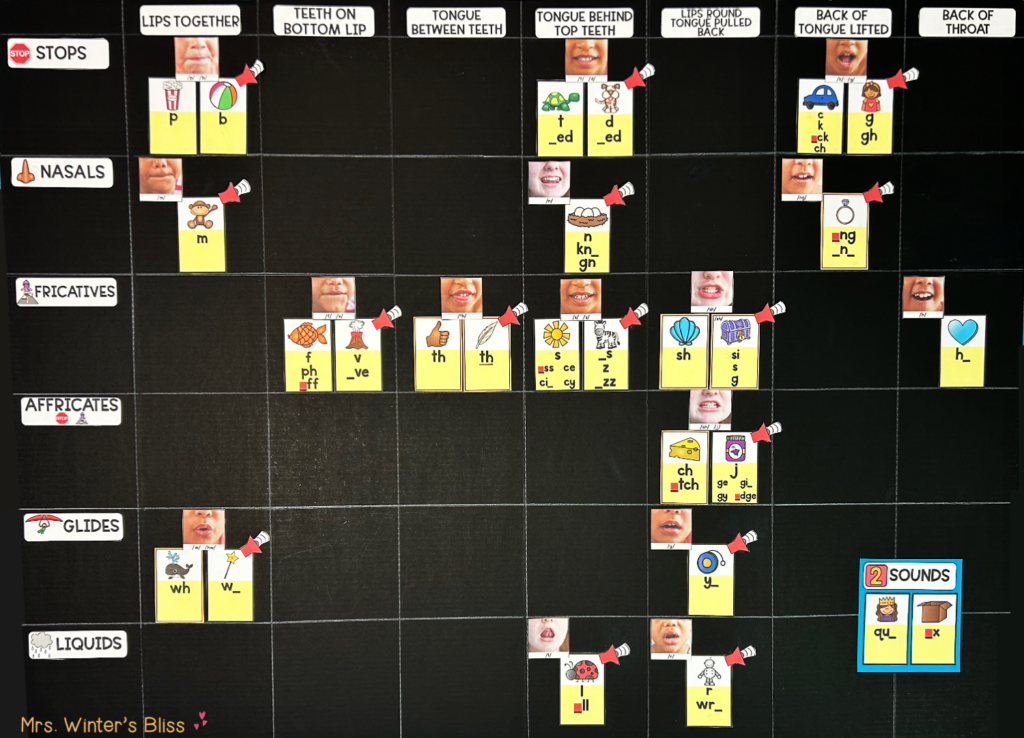
You may come across sound walls that are organized only by place articulation. When we arrange it in this way, we are giving our students only one half of the puzzle. When we post phonemes out of order or not in the grid, our sound wall loses its linguistic value and we only teach students about some of the features of articulation.
If we want our sound wall to align with science, it is recommended to organize the consonant sound wall by both manner and place of articulation.
I realize that setting it up this way requires a decent amount of wall space. If space is limited in your classroom, I recommend printing out smaller sound cards. You can also give students individual sound wall folders to use at their seats. For more ideas on what to do if space is limited, take a look at this post.
I hope the information I have shared here today helps you to better understand the consonant sound wall and how to set it up in your classroom.
Are you looking for more help with your classroom sound wall?
I’ve got just the thing for you!
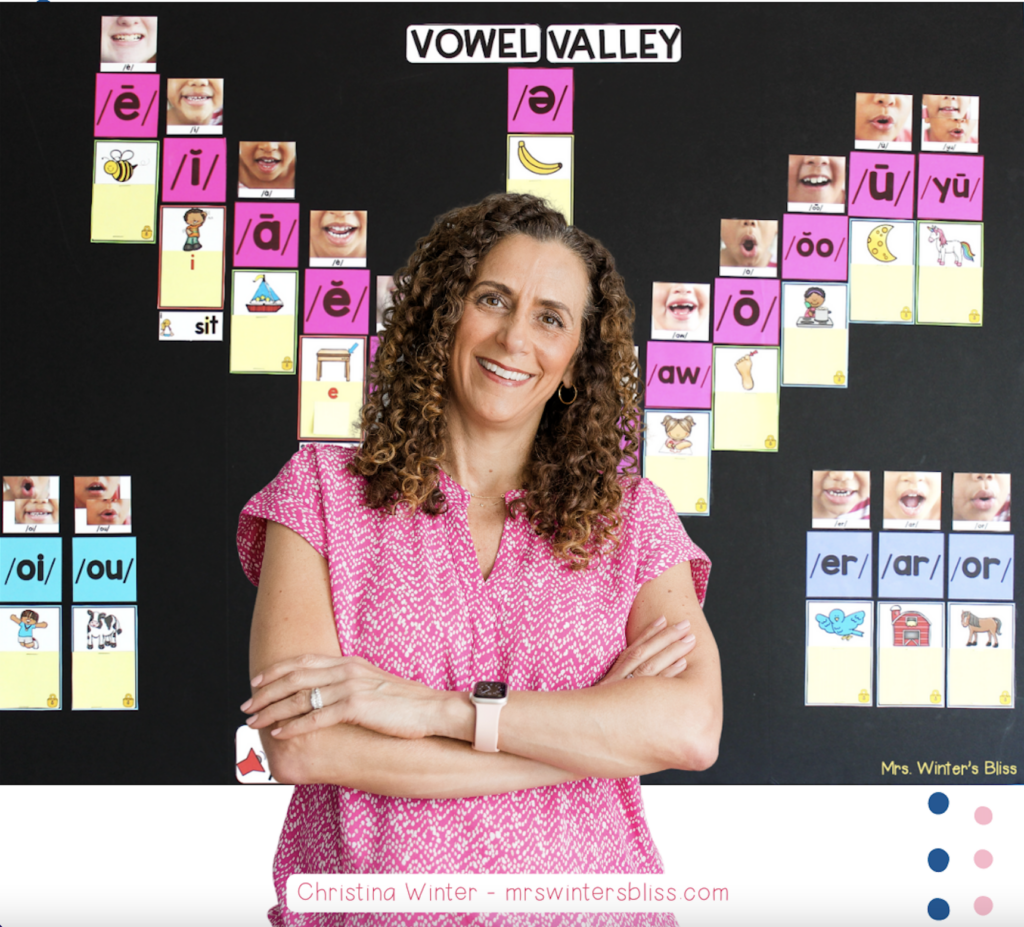
My new course, The Science of Sound Walls, will take all the guesswork out of using your sound wall. This virtual course is your complete training and implementation plan for using a sound wall in your kindergarten, 1st and 2nd-grade classroom.
Discover what is inside The Science of Sound Walls here.
-SHOP THIS POST-
-
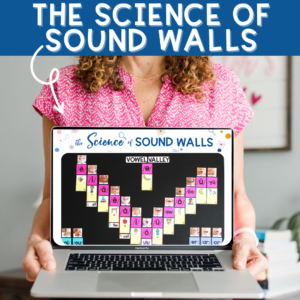 Science of Sound Walls Mini Course
Science of Sound Walls Mini Course -
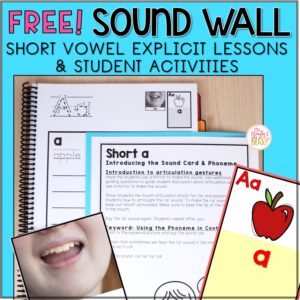 FREE Sound Wall Explicit Lessons and Sound Wall Activities$0.00Rated 5.00 out of 5 based on 27 customer ratings
FREE Sound Wall Explicit Lessons and Sound Wall Activities$0.00Rated 5.00 out of 5 based on 27 customer ratings -
Sale Product on sale
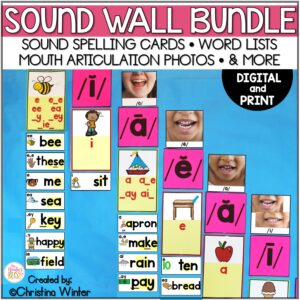 Phoneme Sound Wall with Mouth Articulation Photos – science of reading alignedEarn 0 Reward Points
Phoneme Sound Wall with Mouth Articulation Photos – science of reading alignedEarn 0 Reward Points$31.50Original price was: $31.50.$28.00Current price is: $28.00.Rated 5.00 out of 5 based on 21 customer ratings
.









